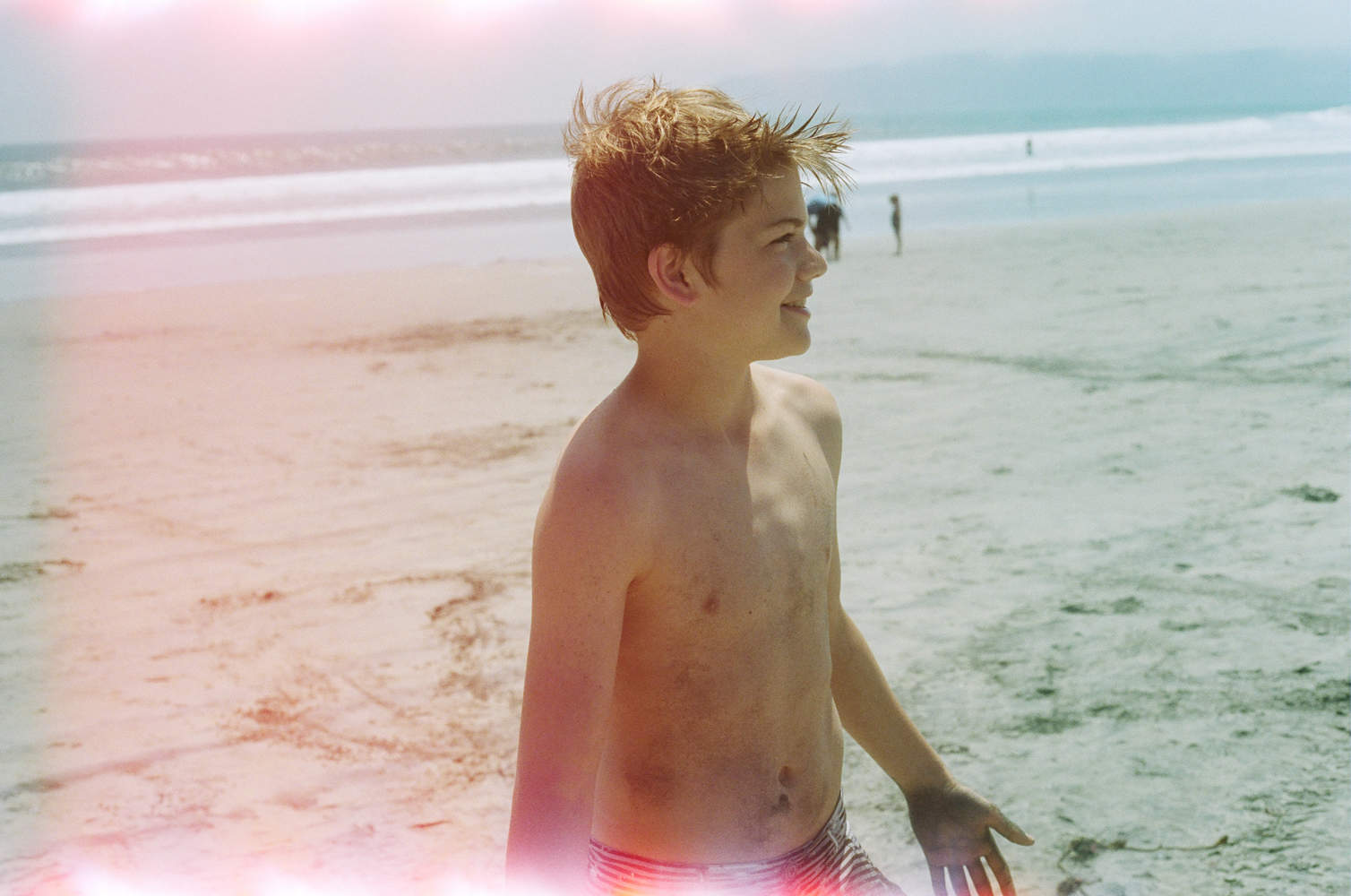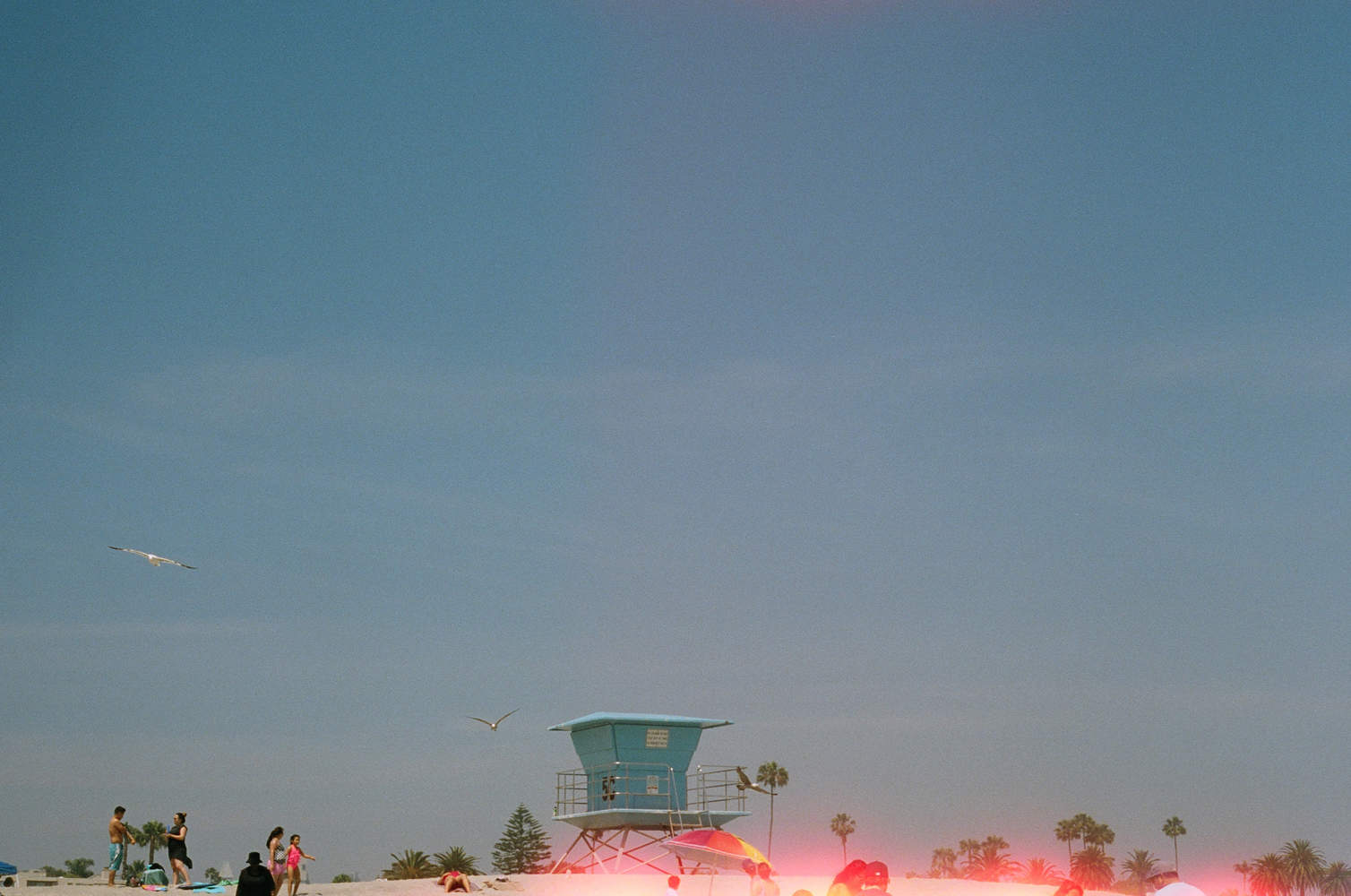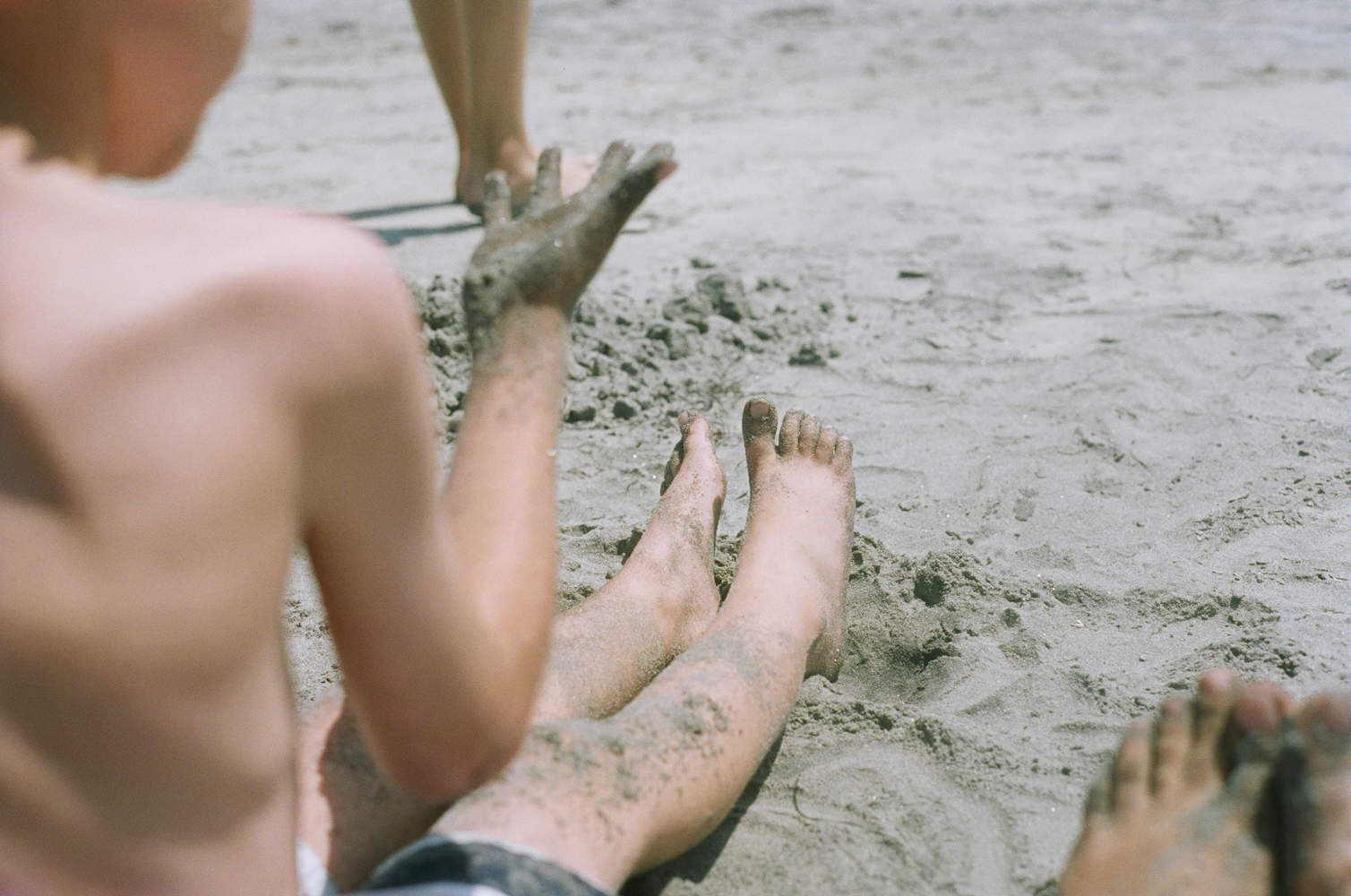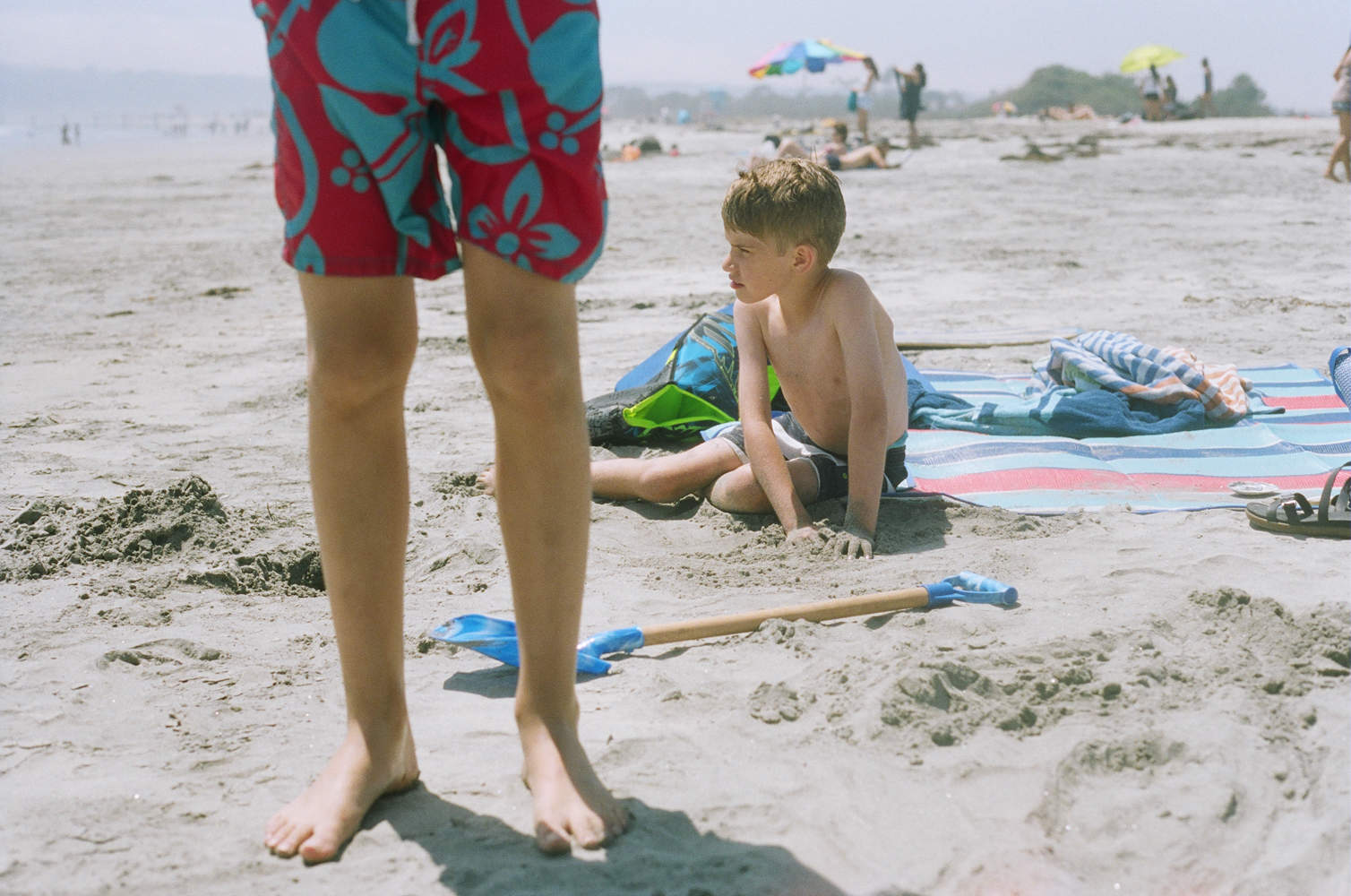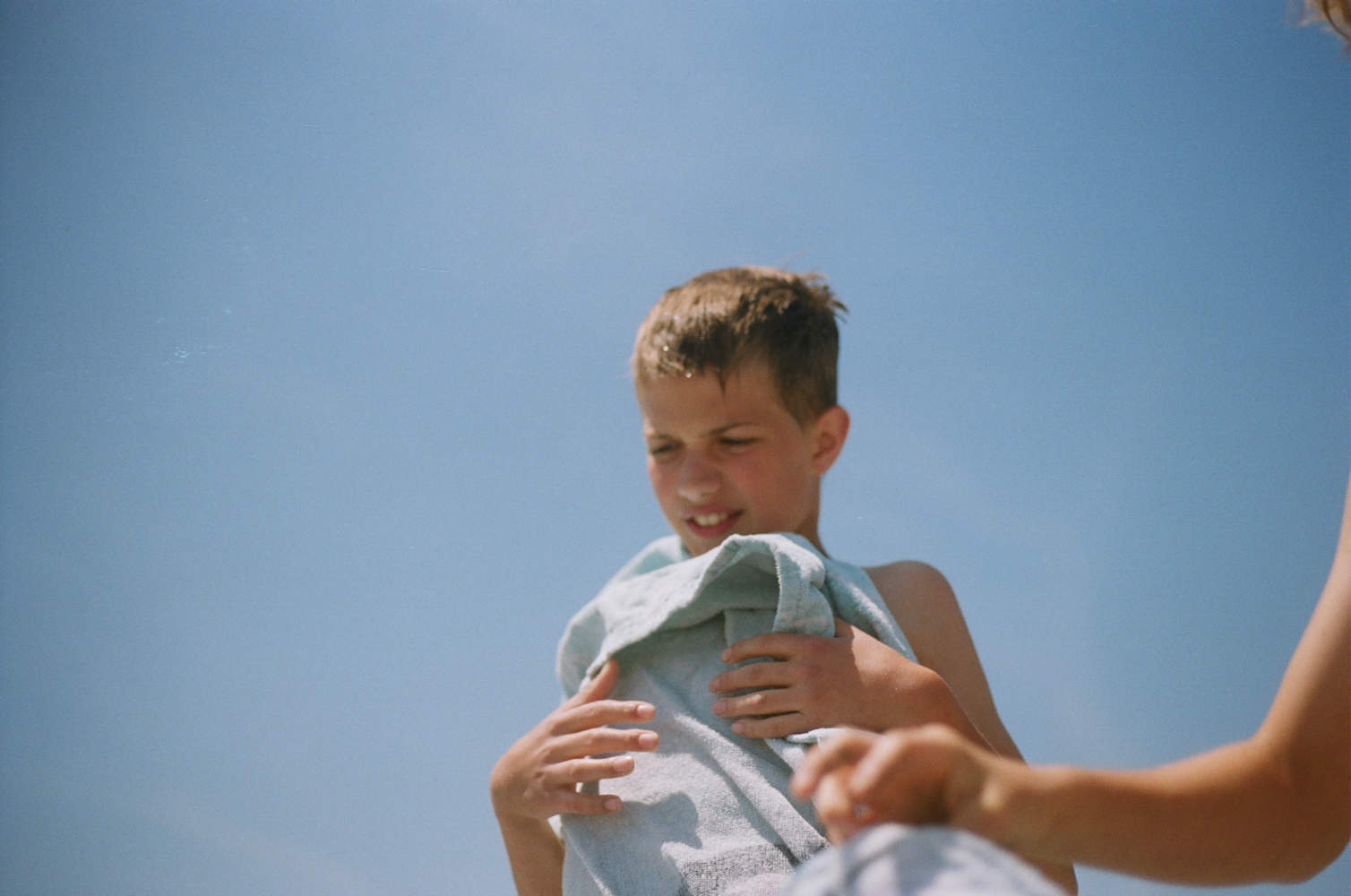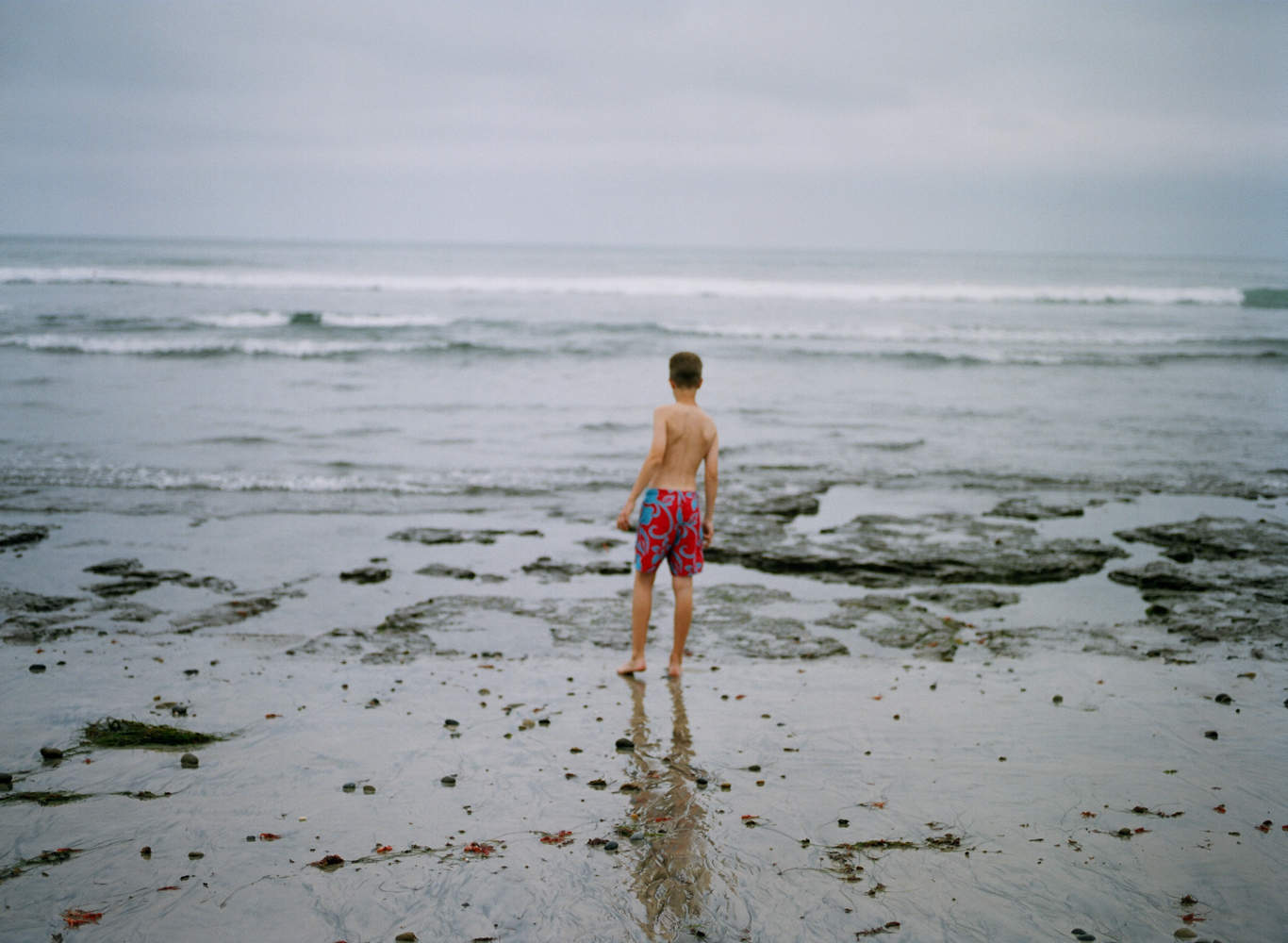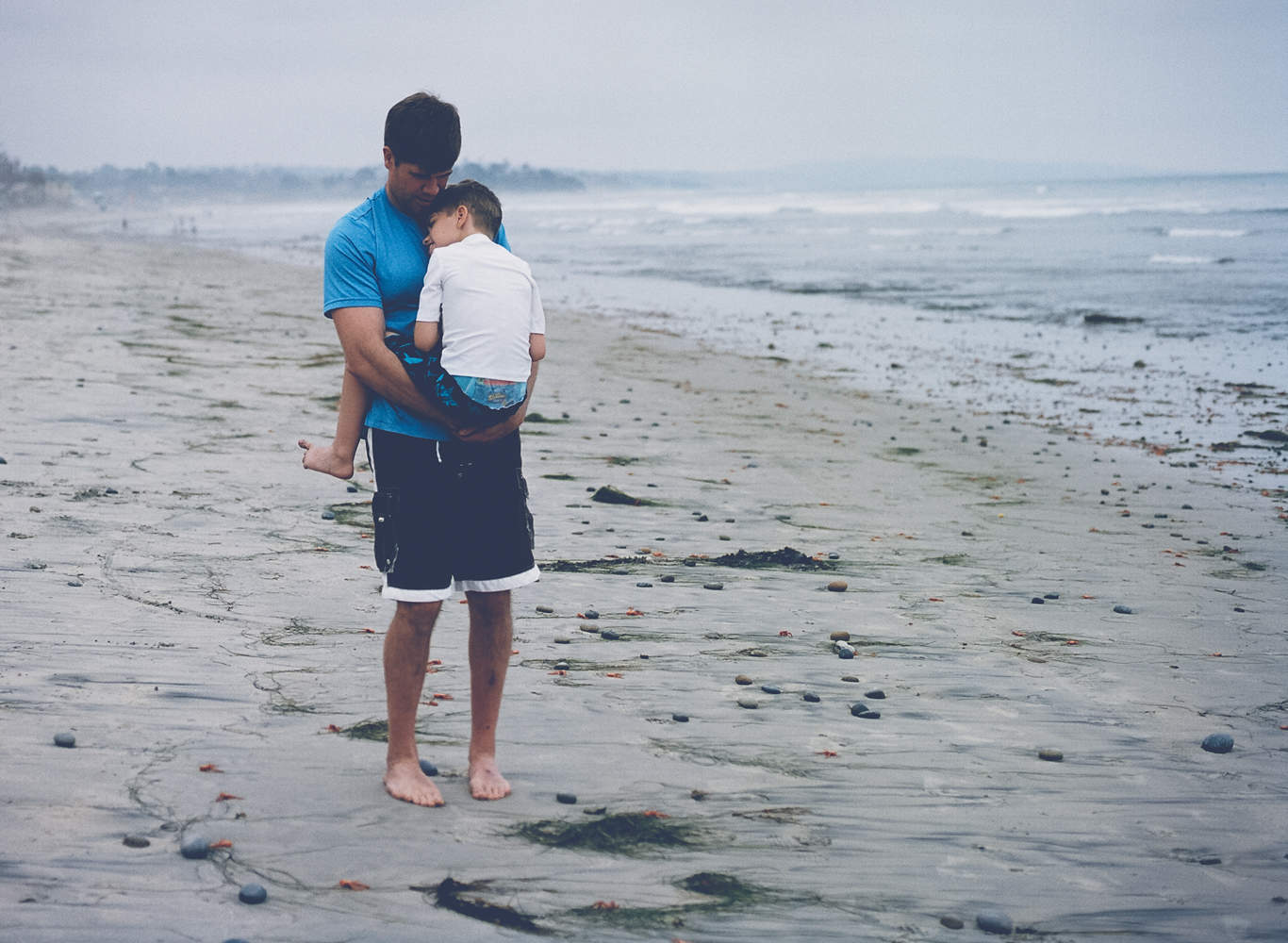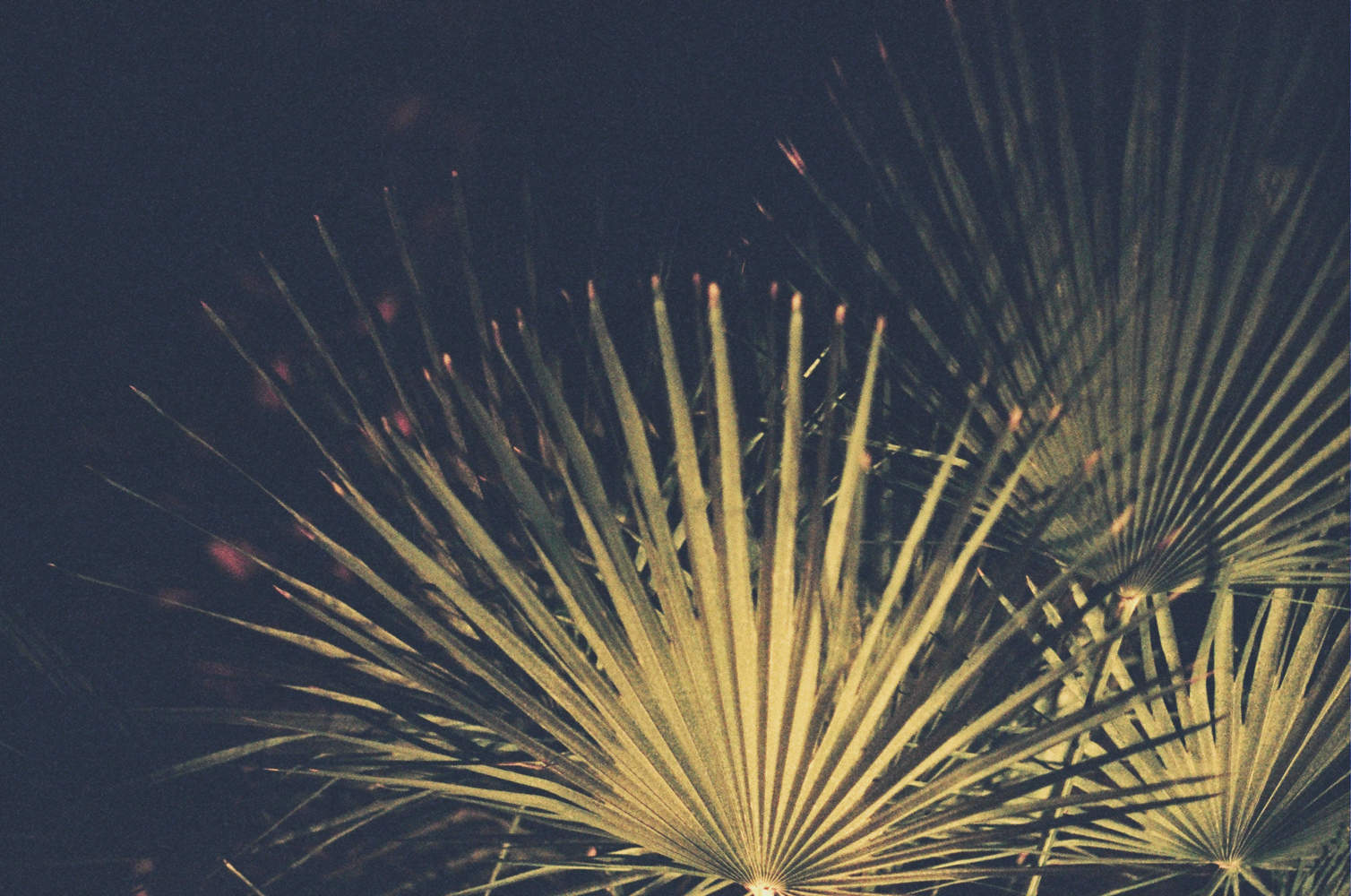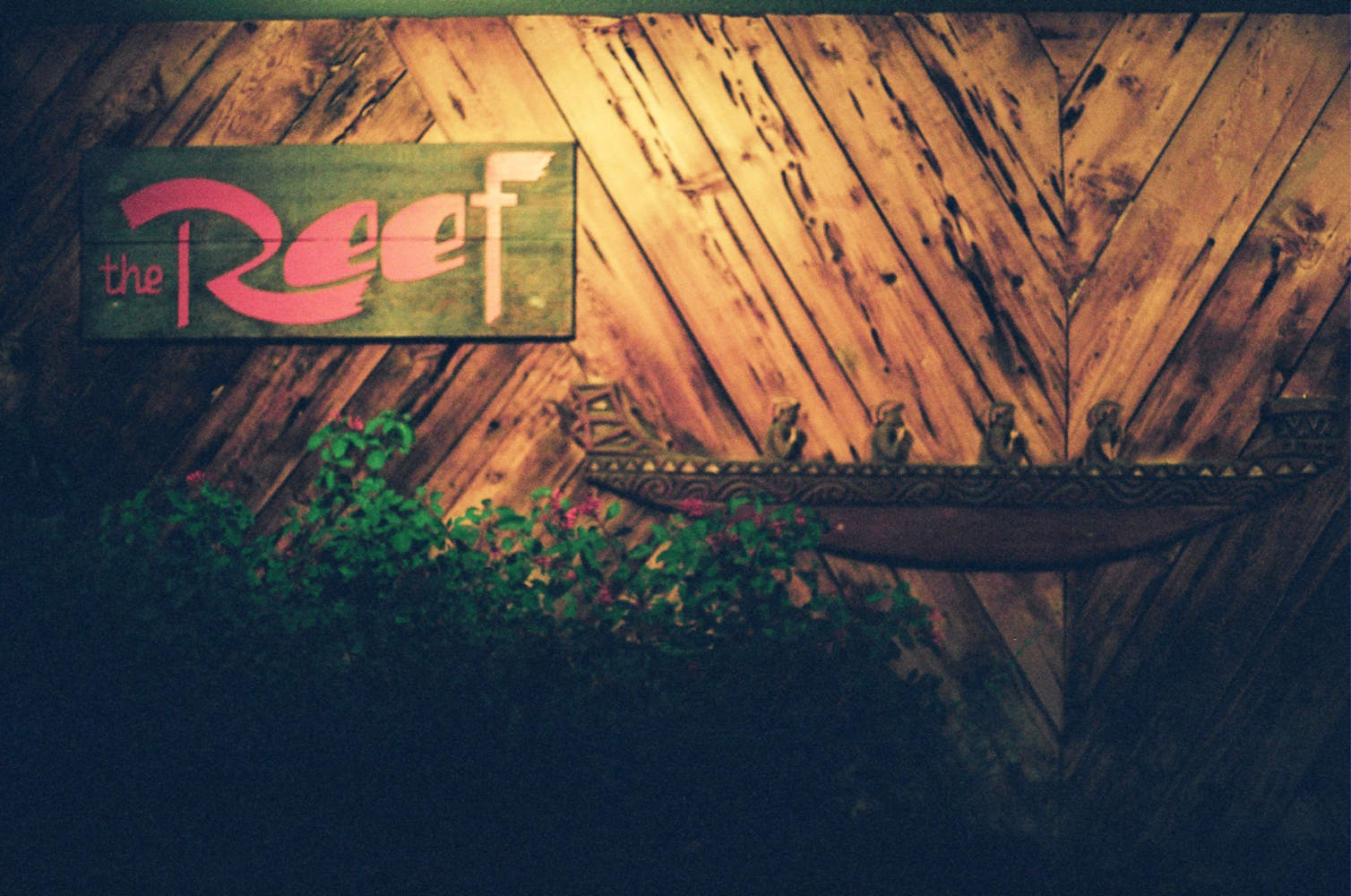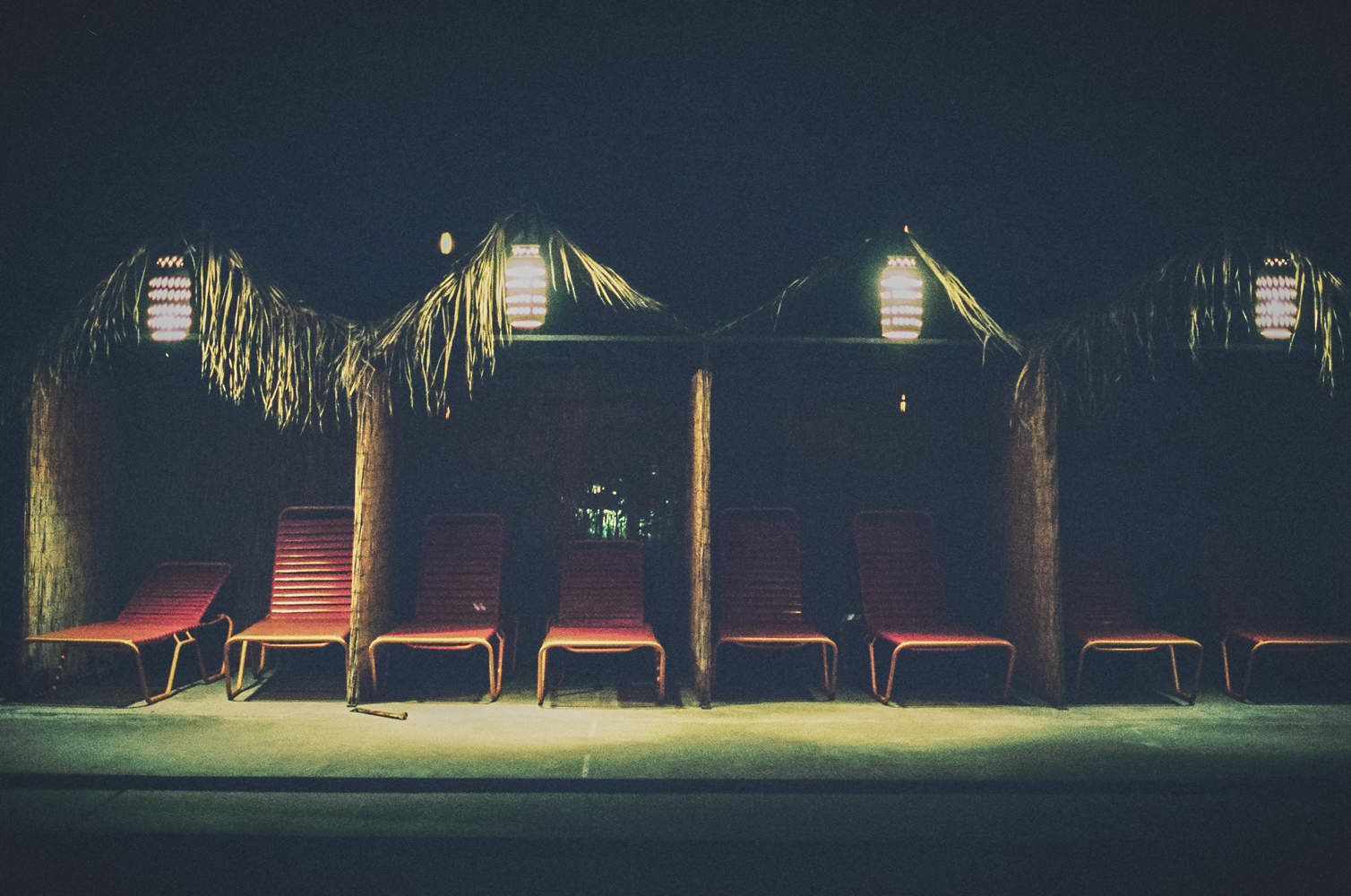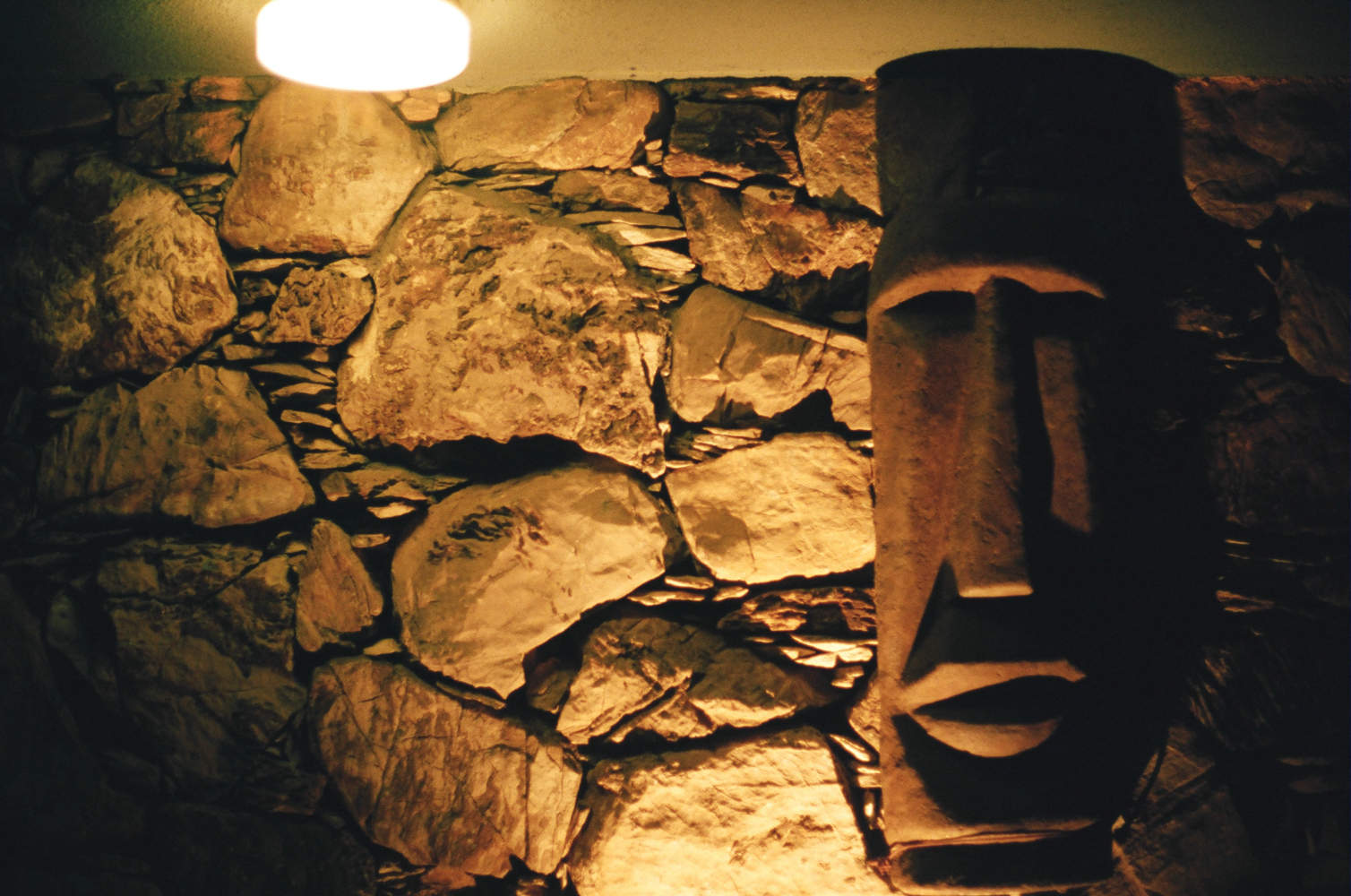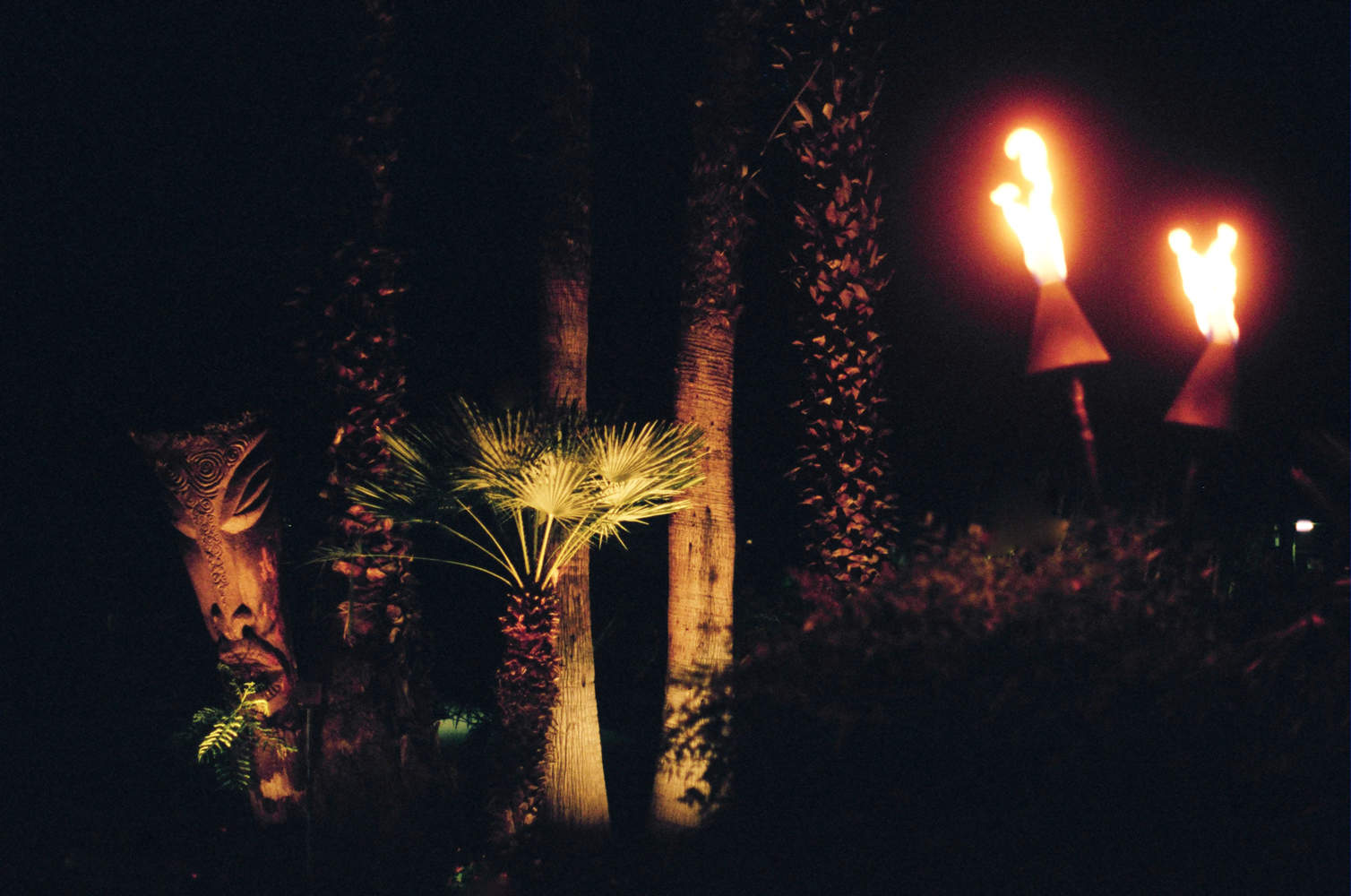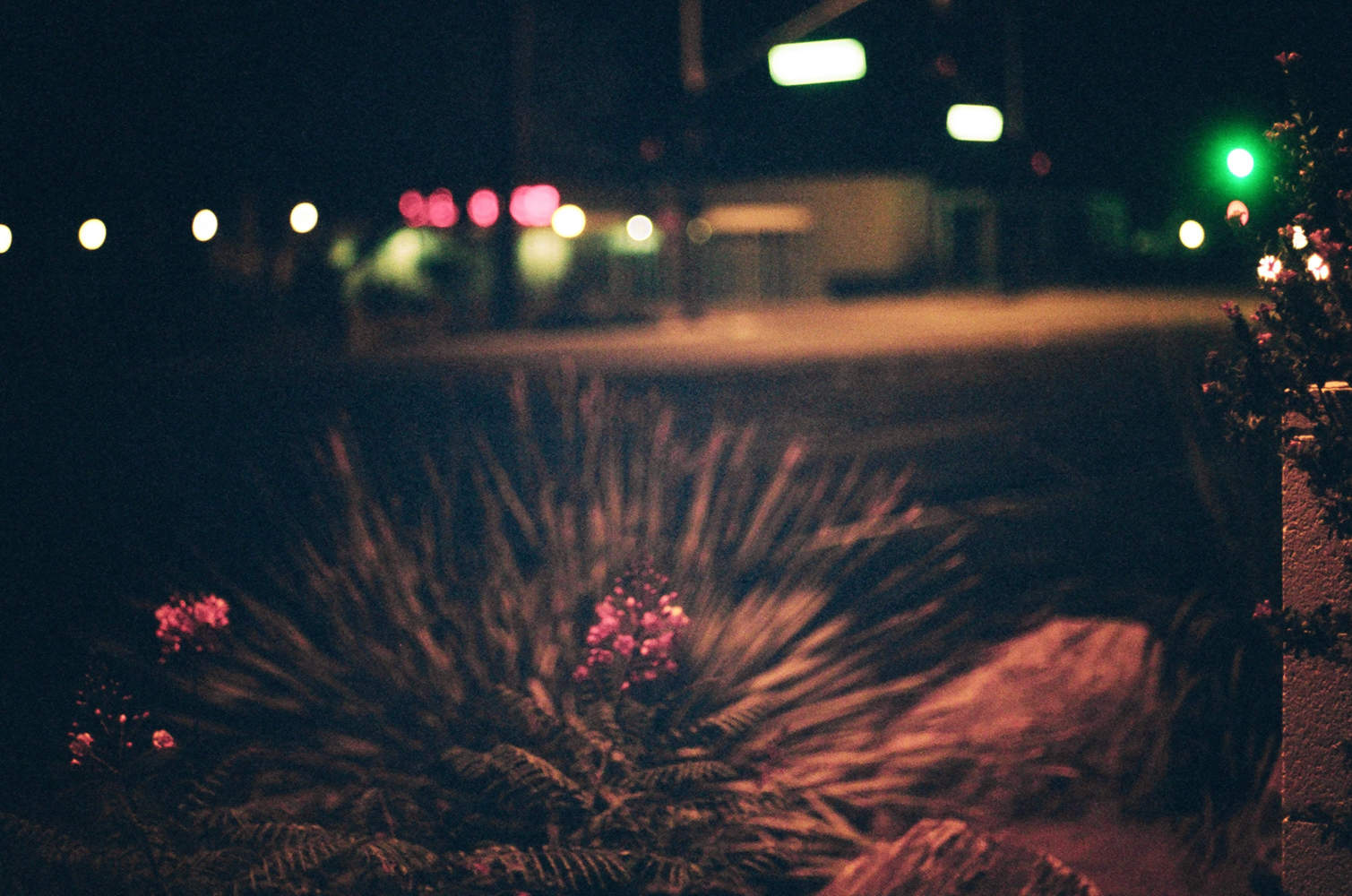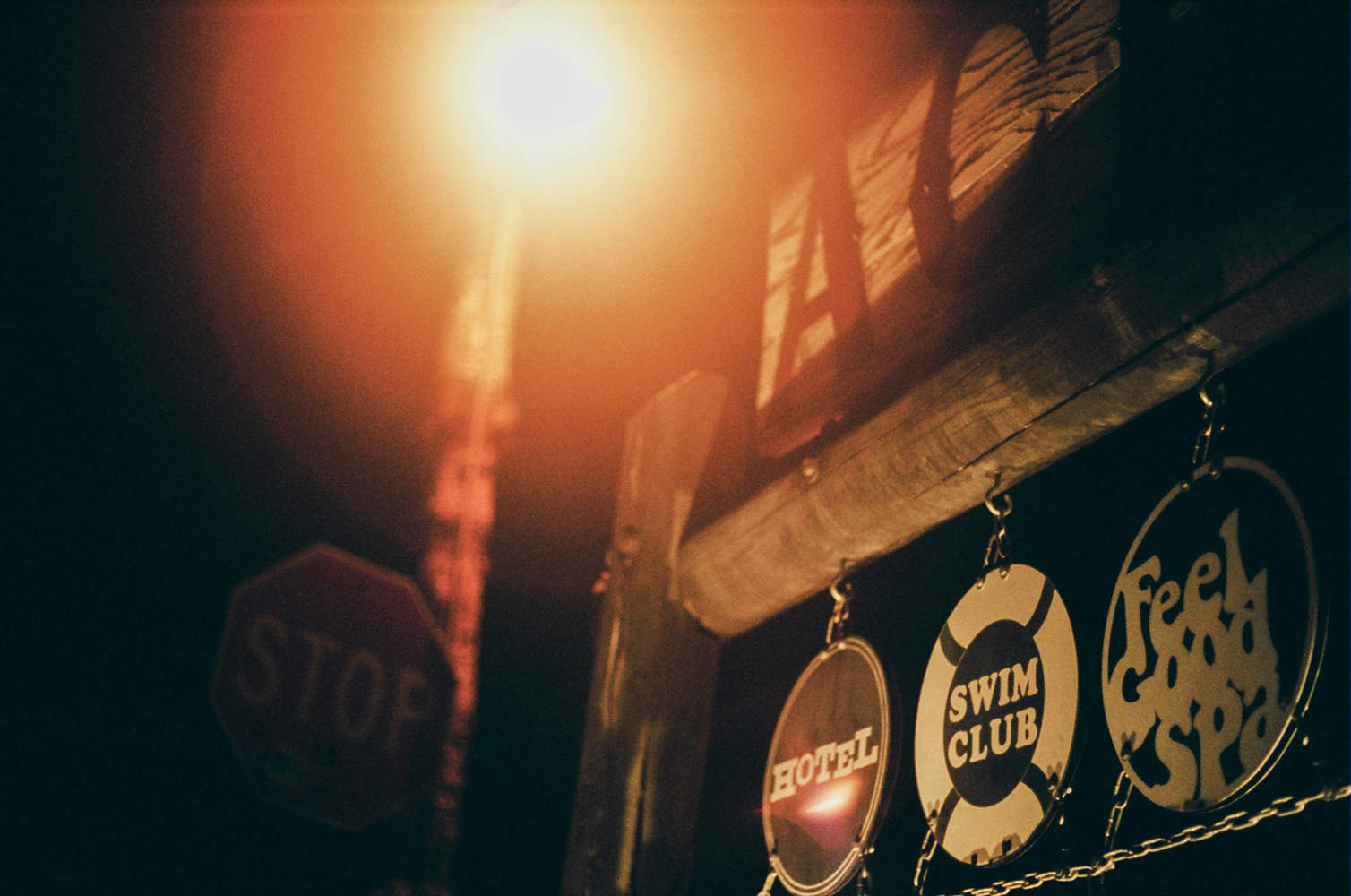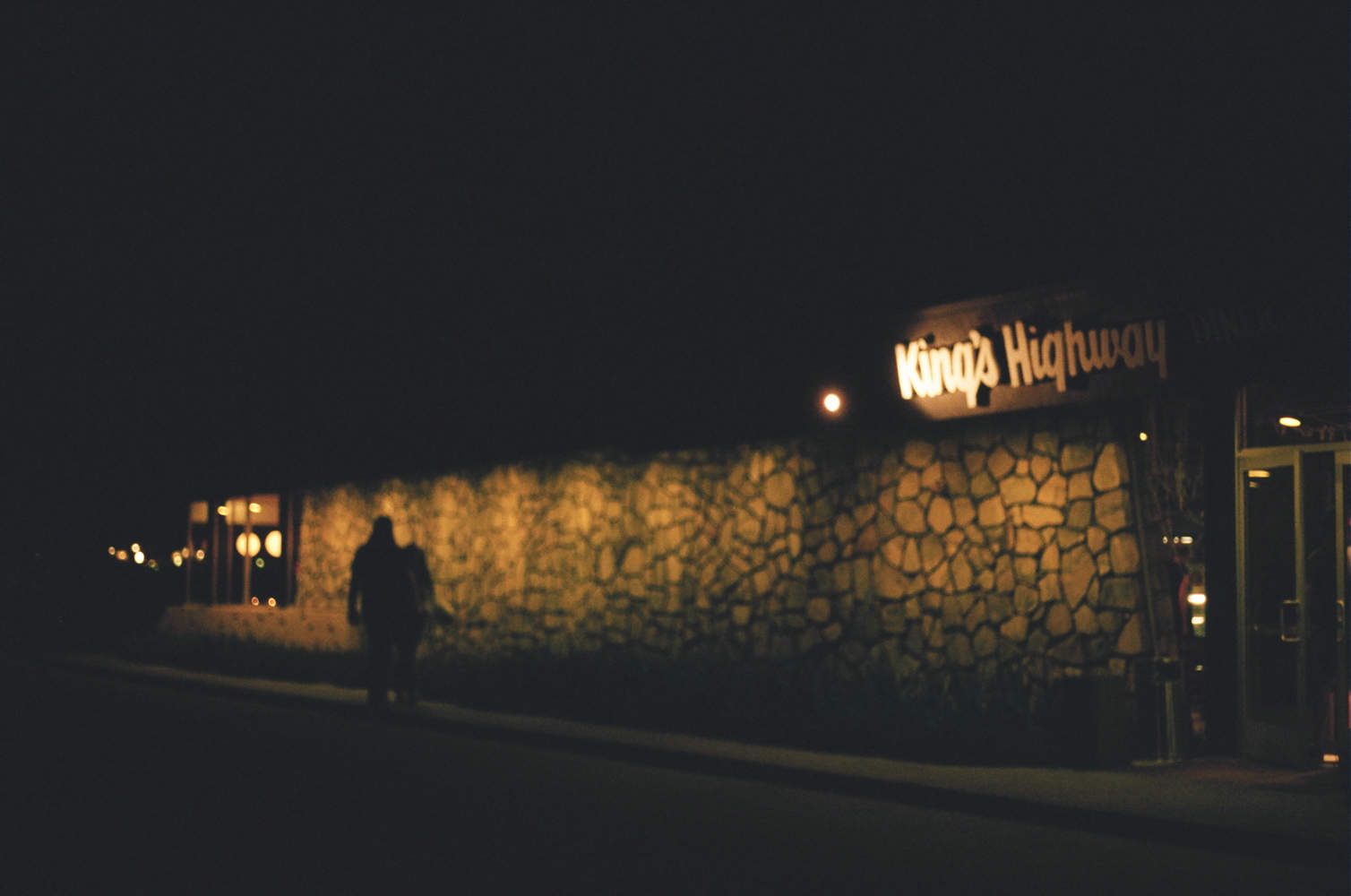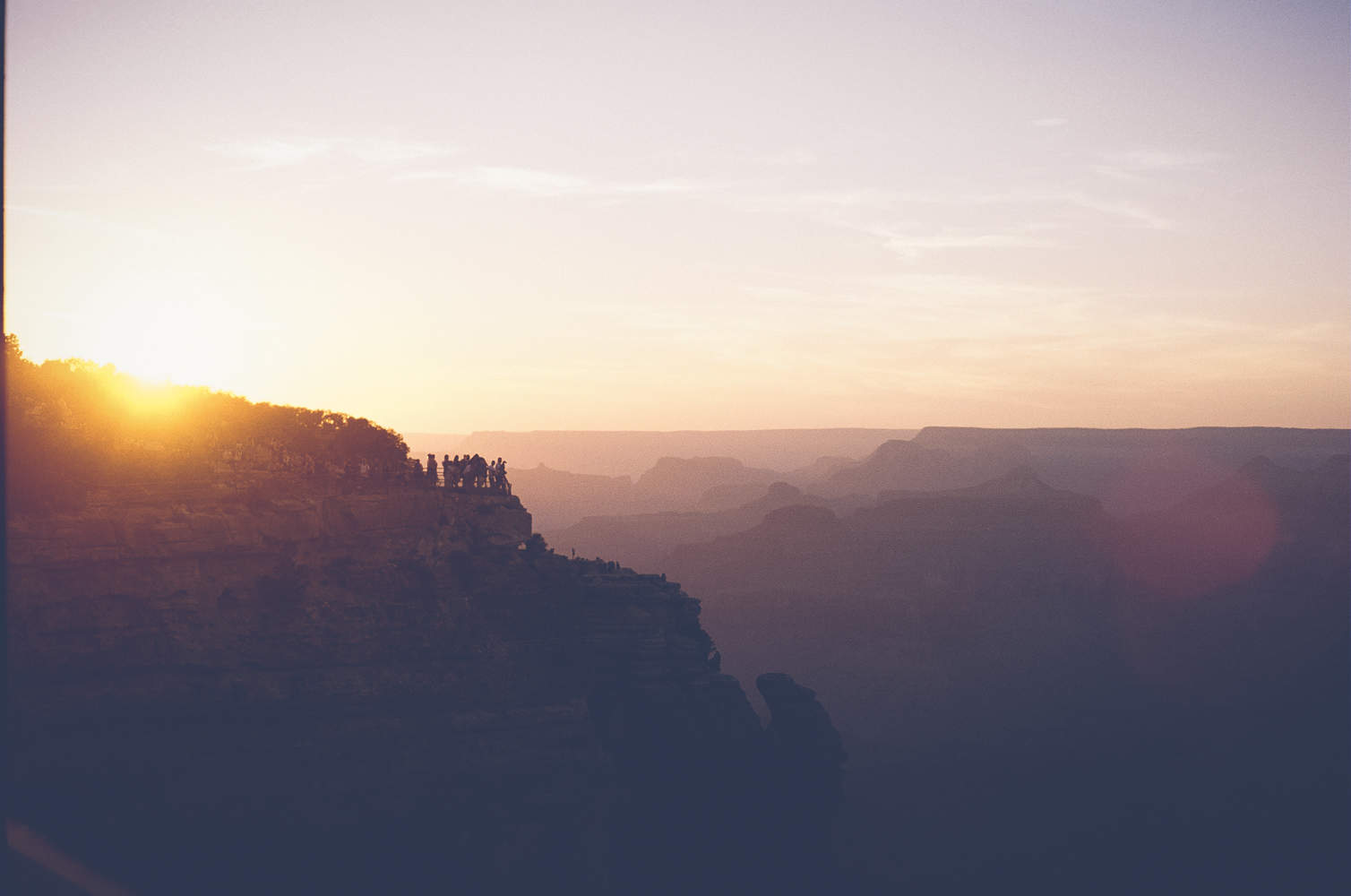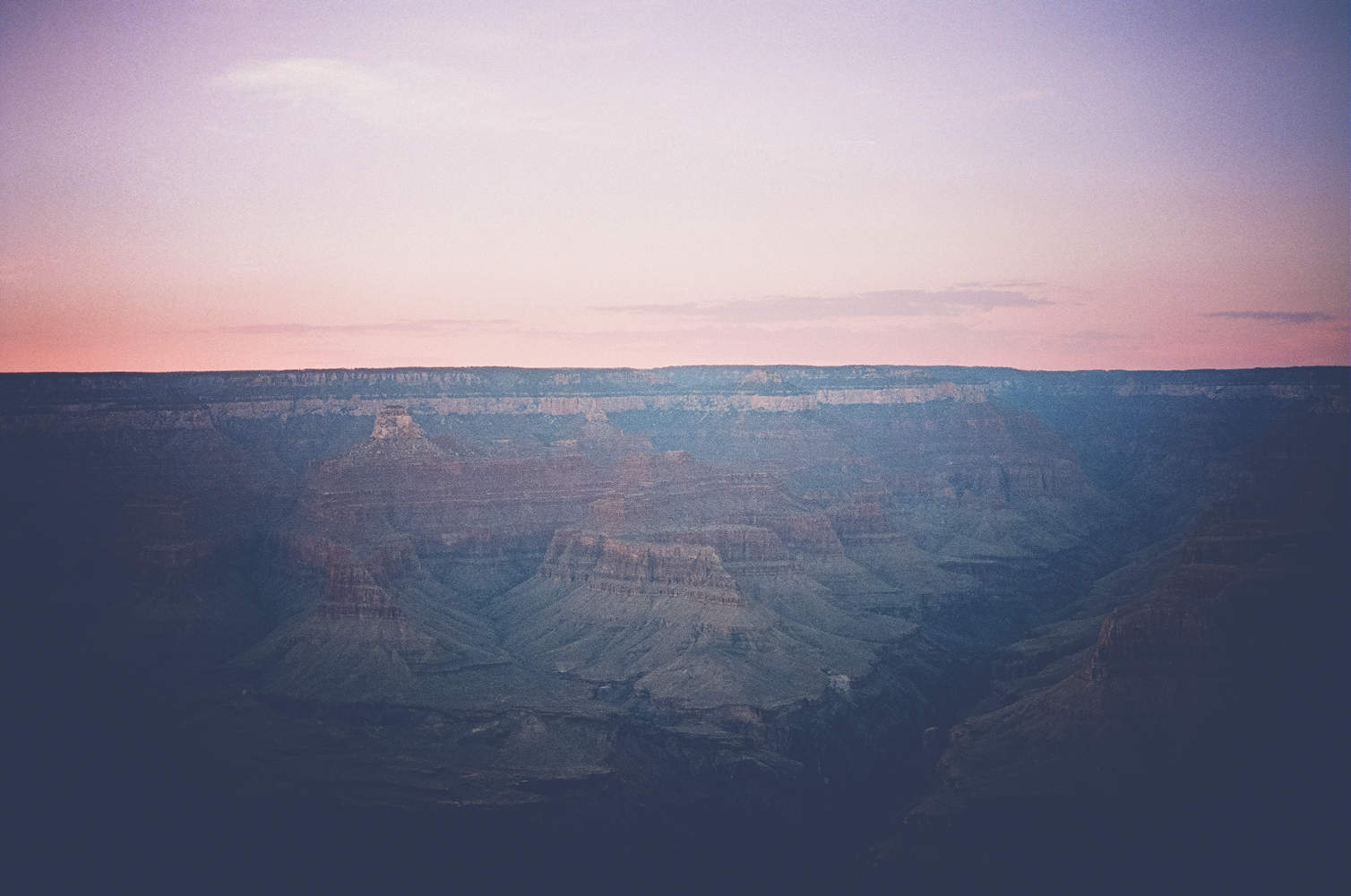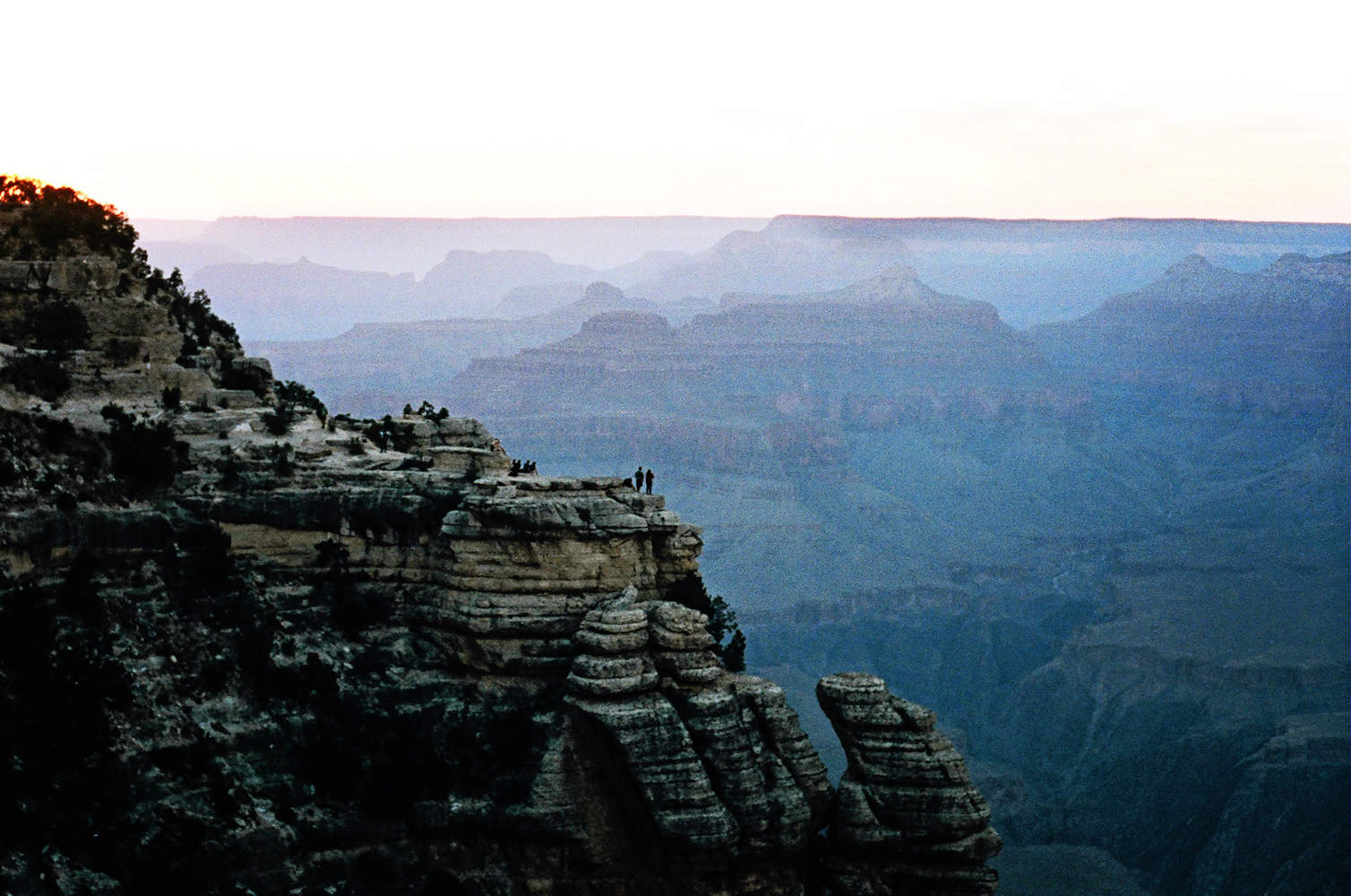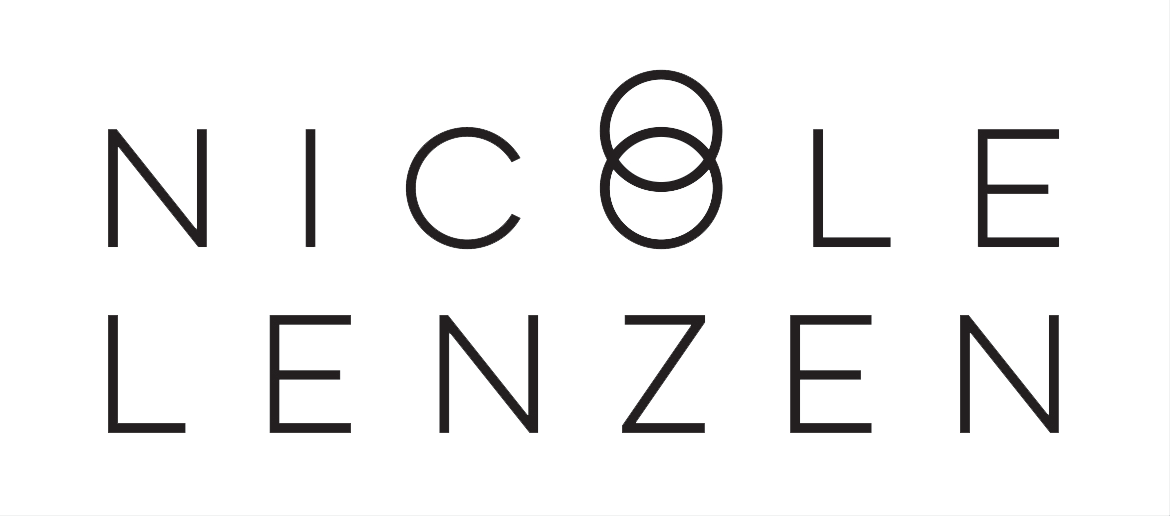First – shooting film (I’ve been a film photographer far longer than a digital one…)
I started photography way back in 1994 when I was 17 and brought a Canon AE-1 with me to Europe. I can’t really remember the lens but I’m pretty sure it wasn’t mint because AE-1s (at that time – in case you are a lot younger than me) were still pretty expensive. I shot about 20 – 30 rolls of both color and black and white film during my time in Belgium as an exchange student. I would send my rolls back to my parents and they developed for me while I was away. I remember coming back to this immense treasure of images. I still have a lot of them framed around my house, especially the ones from Paris.
Film was really important to me up until the time I got my first high quality digital camera and then it was not. Rediscovering how much I love shooting film again this year after years of shooting digital made me sad that I wasn’t one of those stalwart photographers who had never, ever given it up.
Film is definitely not dead. In fact, shooting film is pretty magical. It makes me think of that whole time I spent as an exchange student. I lived for hand written letters. I had to wait an entire year to see the images I took in print (and I was pretty sure they didn’t turn out and was delighted when they had). There was something so slow and methodical and intentional about taking one image.
I think this can sometimes be lost in translation in our very fast, digital world.
So you are not mistaken, I shot film A LOT (almost all the time) between 1994-2003). In this time, I also took courses at Minneapolis College of Art and Design (end of this time frame). At this time, no serious student shot with a digital camera. At this time, and beyond, you shot film, you developed your images.
I got my first digital SLR in 2007. I started my business in 2010. My business, however, is still very film based (philosophically and in practice).
So 2016 was the year, due to the encouragement of my very talented friend whose wedding was photographed by Jonathan Canlas and seeing the amazing work of film photographers like Jose Villas and the desire to make my work look more classic, be more film like, I returned to film again.
Out of the gate, I rented equipment from Camren in town like the Mamiya 645 and fell in love with those beautiful medium format images. As I was shooting medium format with a newly purchased Pentax 645 (yay eBay!), I was also exploring again what I could do with all those film cameras laying around my house. I had shot a few rolls over the years but really preferred my digital cameras. The Pentax was amazing and I was in love. I was so much in love that I purchased a Rolleiflex after giving my friend’s Yaschica a try. More about that later…
Before our trip to California this year, I had accidentally bought a bunch of Portra 400 film thinking it was for my medium format camera but had actually ordered a bunch of 35 mm film. Considering it was a pretty costly error, I brought the camera my mother-in-law had given me, a Canon AE-1, on our trip thinking it would be a good one for my oldest son to use. But then my medium format camera stopped working so I was left with a Rolleiflex and the Canon AE-1. I brought the AE-1 to the beach at Coronado, thinking that it would just be fun to play until I realized that I had no idea how to load or unload the camera. I thought I destroyed that roll but had 9 more rolls to go.
So- here is the trip starting from the beach in San Diego (Coronado) to Palm Springs (at night) to the Grand Canyon.
Each environment was shot with the same film stock, Portra 400, because truthfully, that is all I had. I had my digital camera as well but when I got home, I was so excited by the look of the film, I edited my digital images to look like them. Earlier in the trip, I shot with Kodak Ektar 100, Portra 400 and Fuji 400H with the 645 but that is a different post.
Honestly, these were the favorites images of the trip for me. First of all, you get 32 exposures as opposed to 16 with the medium format. Yes, you can blow up a medium format and make it gigantic without grain but honestly I love grain. Second of all, a 35mm SLR is so compact. If you have a good prime lens on it, you don’t need a ton of gear. You just have this itty bitty camera (move over Fuji) and its ready to go. The 645s are amazing but they are heavy, like a lot of the pro gear I carry now. Most of all, this outfit is cheap. Damn… mine was free. A lot of people I know are getting theirs for free or nearly so. I am posting this now because I have seen a lot of threads about “what do I do with a film Canon AE-1?”. The answer- A LOT.
I loved shooting with Portra 400. It was about $35 for 5 pack on Amazon. To develop it through my local professional printer, it was about $12 a roll to develop and scan. Scanning will deliver the images to you via a digital format. A lot of labs will allow you to decide if you want it sent via CD or Dropbox. Sending film away is safe and reliable (and fun) (and The Find Lab has a one to one program…). To shoot well with Portra 400 and the Canon AE-1, follow the meter in the camera body or use a grey card or meter for grey (a neutral color). You can also meter by going close to your subject and metering off of the shadow underneath their chins. With film, it is better to meter for shadows. I typically will set my aperture to nearly wide open and then set my shutter speed until the aperture no longer blinks. You can overexpose film which is also a pretty incredible thing. Portra can be overexposed a little bit. The other really cool thing about Portra (see the Palm Springs night pics) is the fact you can shoot it AT NIGHT (?!?!). Many of these images posted were shot at f/1.8 and 1/60 or 1/30. Film can also be pushed in development and portra is no exception. Often I will ask the lab developing my roll to push the roll by one stop.
If you have recently been gifted or bought this little gem, have fun. There are so many films and labs that are bringing film back and the magic is there.
